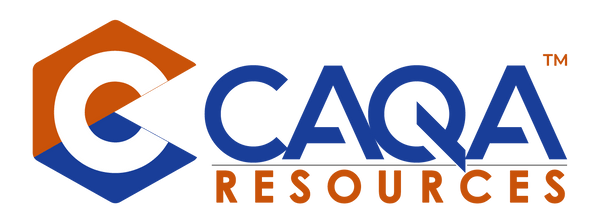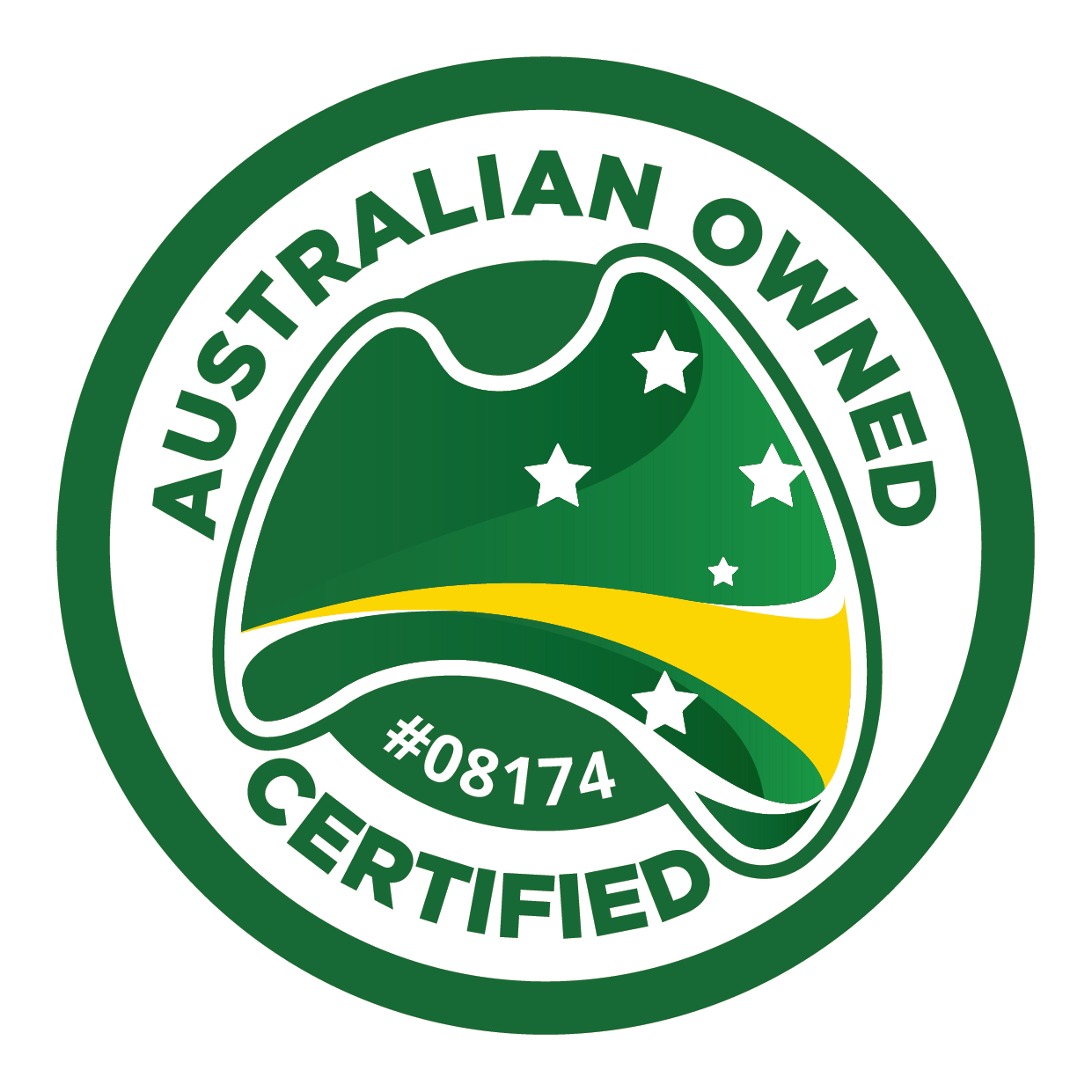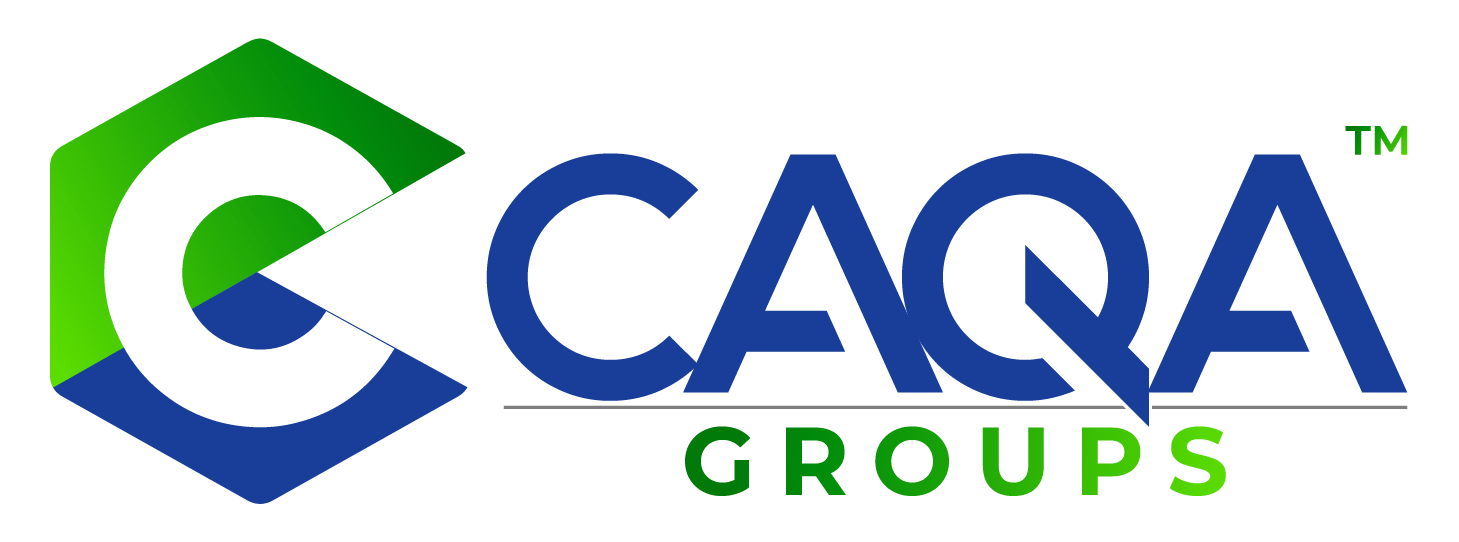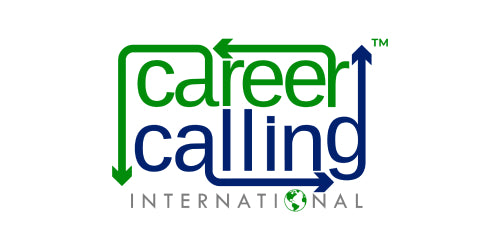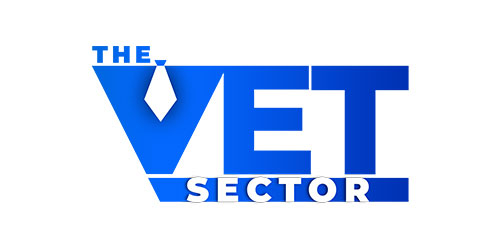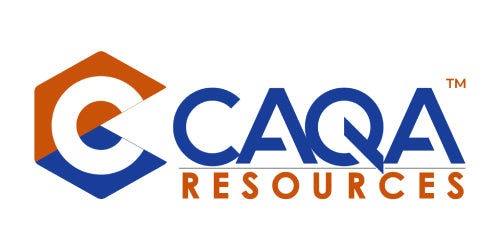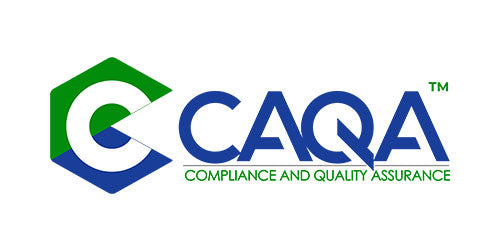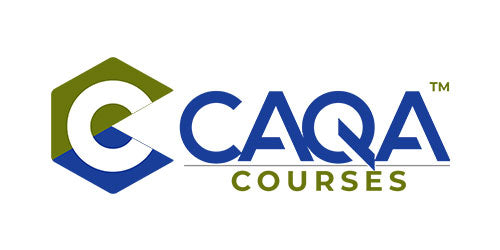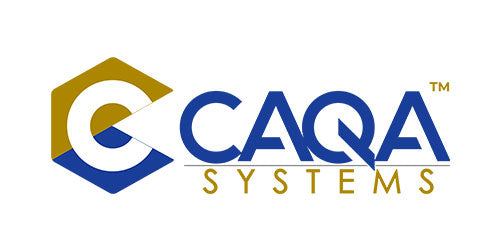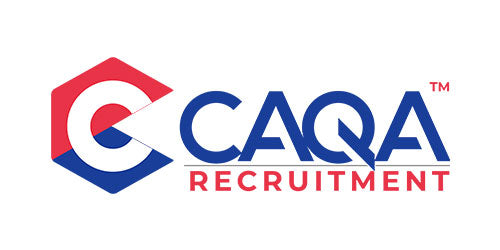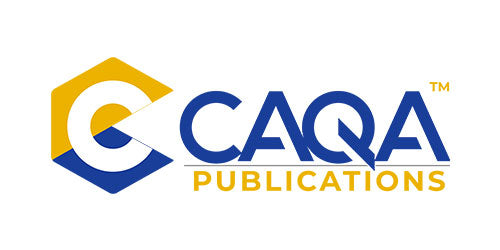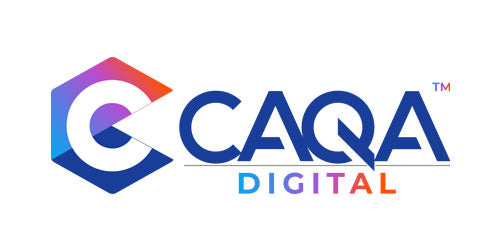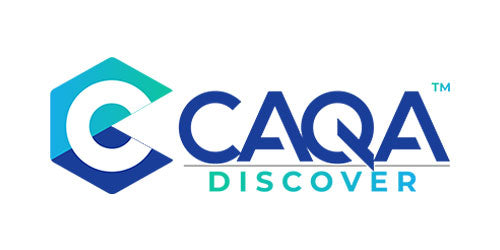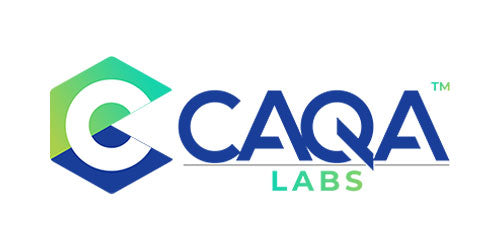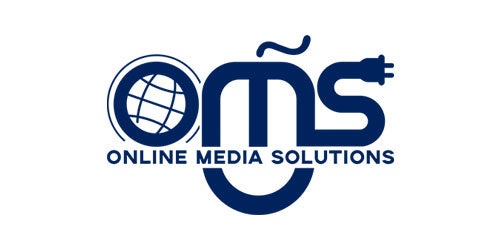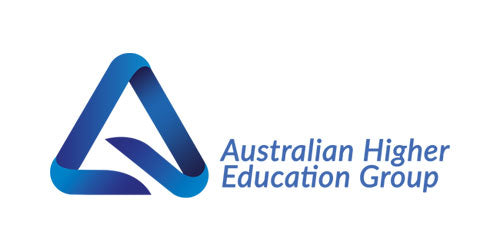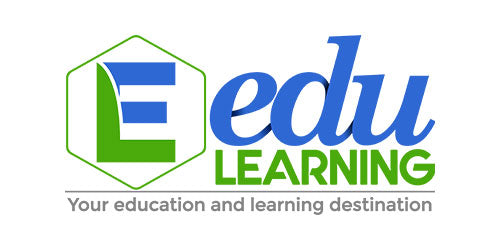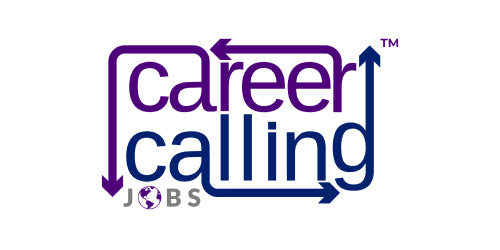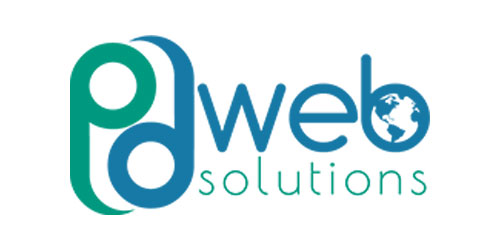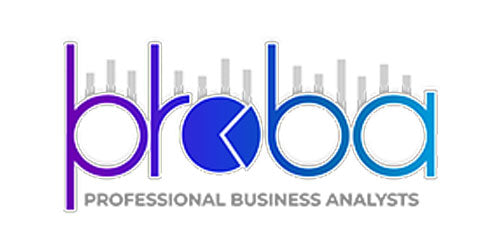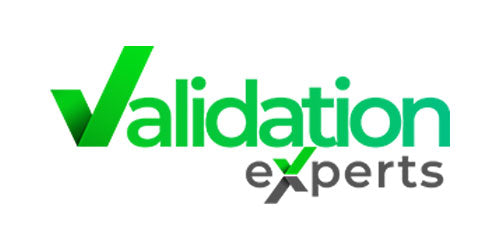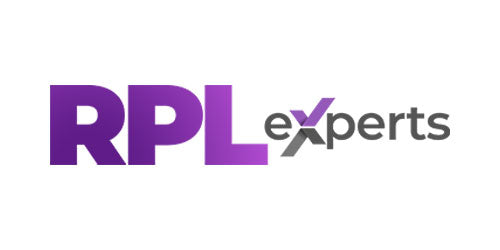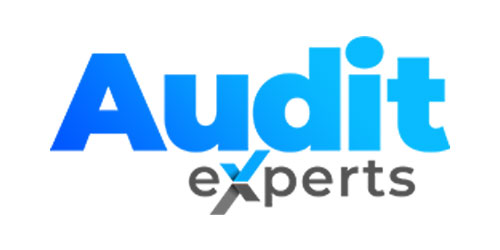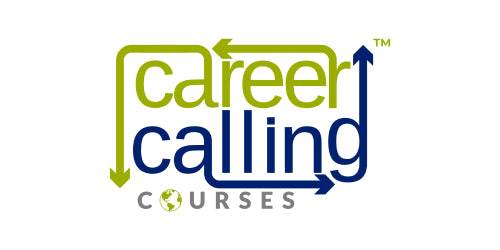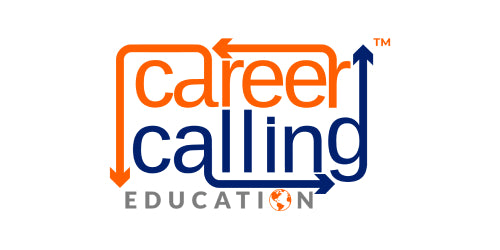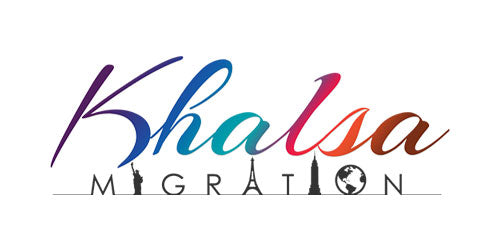The top problems that the Australian VET sector is facing
The VET sector in Australia is growing in scale and sophistication every year.
The Australian VET sector is facing several problems that are likely to have a significant impact on its future. These include things like an aging workforce, the rising cost of education and a decline in students enrolling in VET qualifications.
The most significant problems that the Australian VET sector is facing are:
The lack of skilled staff to meet the demand of employers
The VET sector is struggling to meet the demand of employers. The lack of skilled staff has created a major problem for the sector.
The shortage of qualified and experienced people is one of the most significant problems that are faced by the Australian economy today. This problem has been intensifying over time.
The Australian government needs to take steps towards increasing the VET workforce by investing more into training programs and job opportunities that can improve staff skill sets.
Limited resources available for vocational education and training (VET) providers
The limited resources available for vocational education and training (VET) providers are affecting their ability to deliver quality services.
Solutions include increasing the funding for VET providers and supporting them with more resources so that they can offer more services.
To address this issue, many providers are using innovative strategies such as partnering with other institutions and using online learning platforms.
The lack of funding for vocational education and training (VET) providers means there are limited opportunities to create new businesses or grow existing ones due to the lack of capital.
Income and expenses
The lock-owns over the last two years meant that RTOs were left with declining income, rental facilities that could not be used, having to invest in online training options, and huge changes in many training packages requiring re-development of training and assessment resources. All this happened at the same time as international students were unable to travel to and study in Australia due to COVID which caused a decline in cash flow and income for many CRICOS registered RTOs.
Low staff retention rates
The Australian VET sector has been struggling with recruitment and with retaining enough qualified staff members for future growth. Providers are having a difficult time finding qualified applicants for vacancies and having problems keeping up with the technological advancements and skills of the workforce needed to stay competitive.
Quality of education and training
Despite the fact that the VET Quality Framework places obligations on trainers and RTOs to satisfy specific compliance and regulatory requirements in training, there are well-known inconsistencies in the training that is being offered.
Within RTOs, there might be discrepancies in quality. The VET Quality Framework requires that everyone fulfil the same training criteria; yet, there is some variation within the system as a whole. Students who acquire certification from two separate RTOs may not have the same degree of ability simply because the training methods used by the two organisations are different. One may be more theoretical in nature, whereas the other may be more hands-on in nature, and this will have an impact on the learner's ability to complete the necessary activities on a job site.
Curriculum design and development
While RTOs already have a curriculum in place that they are actively following, developing a new curriculum or improving an existing curriculum is a time-consuming and costly process.
As technology changes at a rapid pace in the workplace, a curriculum that was once regarded as useful can suddenly become outdated and no longer be effective.
When only a small number of organisations provide this curriculum, the RTOs are left to shoulder the majority of the responsibility.
Digital literacy among students and trainers
Digital literacy among students and trainers is one of the barriers for the Australian VET sector. This can impact the students' ability to learn new skills, understand new technologies, and the trainers to teach skills.
Digital literacy levels among students and trainers affect the quality of their learning experience. Students who are not digitally literate will struggle to find jobs after graduation, while trainers will find it difficult to provide quality training.
Digital literacy courses should be designed to help trainers, as well as students, understand how they can use technology effectively in their learning environment.
Plagiarism, collusion and contract cheating
In the Australian VET sector, plagiarism, collusion and contract cheating are some of the most common problems.
Plagiarism affects the reputation of a student and the RTO. It is a problem that can not be taken lightly.
Collusion is when two or more students collaborate on their assignments to gain competency.
Contract cheating is when students change their answers on the assignment sheet after they have handed it in and submitted it.
These three problems are serious and can have huge consequences for students who are caught up in this mess. In order to prevent these from happening, it is important for employers and educators to take strategies into account that will help them avoid these issues before they arise.
The need to update VET qualifications to align with current industry needs
Many VET qualifications are becoming irrelevant in the workforce, as industries are changing and new technologies are being introduced.
Industry needs are changing rapidly, and education providers need to be able to adapt and provide students with relevant skills. The current system is not flexible enough for this, which is why there is a need for updates of the qualifications.
When vocational education and training qualifications are changing it makes it difficult for RTOs and students to keep up to date and a costly exercise to update training and assessment material.
The need to improve access to VET courses for students
There are many barriers that students face when they try to enter a VET education, such as cost, location, and lack of information about available options.
Some students are not given the opportunity to access quality education and training opportunities because they do not meet certain criteria for entry into tertiary education institutions and vocational training programs.
References:
Vocational education and training in Australian schools: Issues for practitioners – Click Here
Current directions in Australia’s vocational education and training system – Click Here
Fortress learning - Click Here
Rethinking Skills in Vocational Education and Training: From Competencies to Capabilities – Click Here









